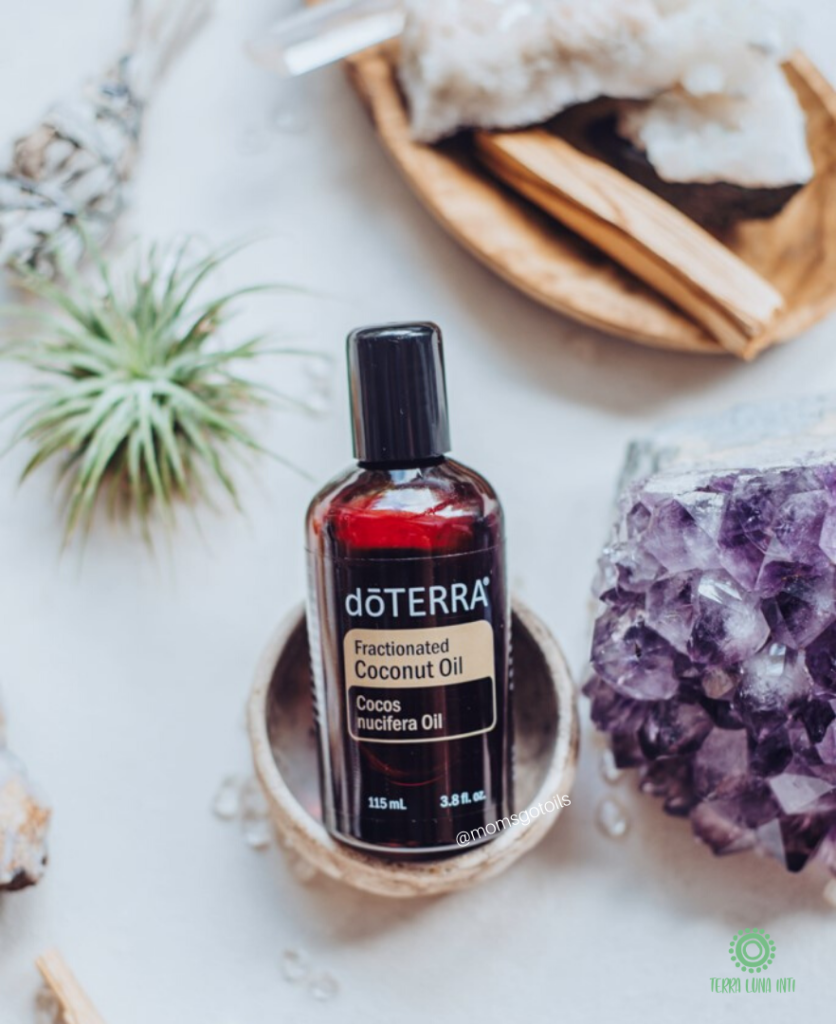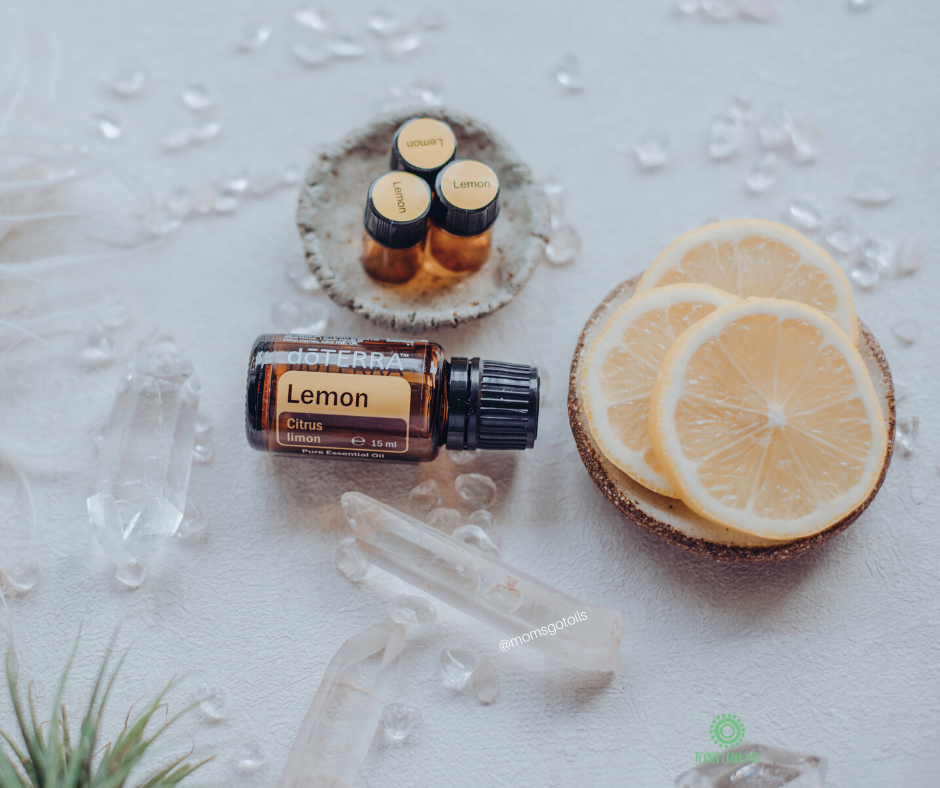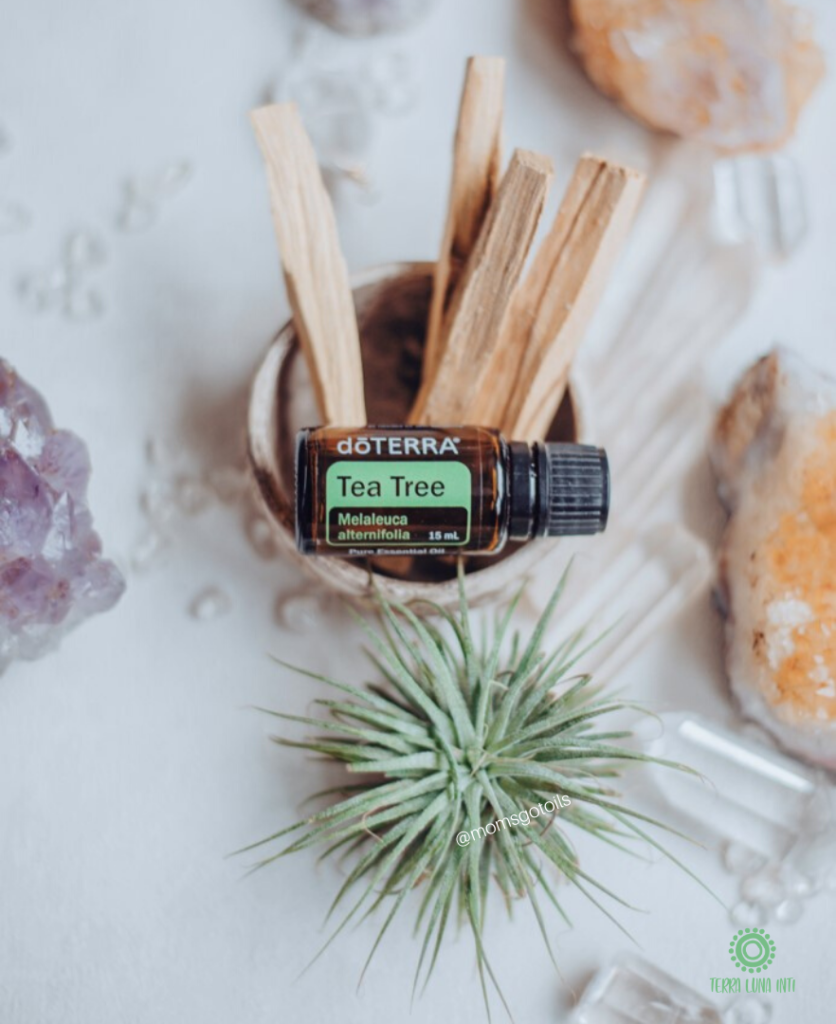Common sense and respect of the potency of Essential Oils are paramount here. It is also best to have a person you can refer to, such as myself, once you have cleared with your medical team that you can use Essential Oils. Due diligence and all that.
Other than that, it’s not rocket science.
Rule #1 Only use the purest, most tested Essential Oils
For me this means dōTERRA and there is no deviating from this. Ever. If you have other oils and we are talking solutions for you, please note that I will not be able to discuss in detail. This is how strongly I feel about the topic. I know how these oils work, I know how they are produced, I know what should and should not happen, I know what a dōTERRA drop is. With another brand, all bets are off. We simply don’t know what’s in there.
dōTERRA have a guiding principle of providing the best essential oils. This led to the creation of the most stringent quality standard around. Yes, it is a in-house standard, I know what you’re thinking, it sounded dodgy to be at first too. I did some research and it turns out it is legit, and upheld by the Aromatic Plant Research Center (APRC), and they test for many companies. Basically, if the oil isn’t good enough quality, if it doesn’t contain the chemistry the dōTERRA and external scientists are after, it doesn’t get the dōTERRA label.
Rule #2 Only sustainably sourced Essential Oils
Two thirds of the countries which produce Essential Oils are developing countries. Buying willy-nilly from a supermarket (EEEEK) or a shop or vendor that claims that their oils are organic, perpetuates the smoke screen and quite frankly slavery and fraud.
Let’s unpack this:
It is possible to produce any type of quality. Adulteration of Essential Oils is a MASSIVE business, and so there is endemic adulteration either from the poorly paid people who produce the oils and need to make a living, although highly unlikely, the middle men who exploit them, or the few brokers who buy them and offload them to unsuspecting vendors. Let us call them unsuspecting, because I don’t like to assume, but if they really wanted to know where and how their oils came to be, they could find out… Remember the three monkeys? No see, no ask, no hear…
Ok, the organic thing. What are the chances that a poor, undocumented, geranium grower would be able to get an organic certification? Is there an organic certification for Ginger in Jamaica? Haiti for Vetiver? The answer is no. Organic on the label is not enough. And there is another reason for that: because phytosanitary products are still allowed in organic farming, because checks on organic farms are often sporadic, as well as more of an admin task than anything else, and lastly because basic testing of Essential Oils as performed by most companies is incomplete. It would not detect heavy metals, it would not detect anything regarding the quality of the water used for irrigation, it would not detect anything if the “organic field” were under a flight path…

Sustainability now: no one wants to be a cog in the modern slavery machine. No one wants to be part and parcel of the pillaging of natural resources. The founders of dōTERRA based their mission statement on environmental stewardship and uplifting communities, amongst other noble principles they apply in real life. They work hard at maintaining sustainable levels of Frankincense trees, for example, you can find way more information, put way more eloquently than I could here. Do get lost in the Source to You website, it is AMAAAAZING.
Rule #3: Never in an orifice
Repeat after me: NEVER IN AN ORIFICE. Unless you get a tried and tested recipe from this book for a vaginal ovule for example… (This is by far the best non overwhelming book by the way). Let’s repeat again: NEVER IN AN ORIFICE!
There are three main methods of essential oil application:
1- Aromatic: in your diffuser, by smelling the bottle, placing a drop of a diffuser necklace, a mala, or simply dropping some on a piece of clothing (in an inconspicious place after testing)
2- Topical: this means on your skin (more on this later).
3- Internal: this means in food (you already consume some derivatives of oils in chewing gum, ice cream or flavored dressing where using the real stuff would be costly, for example), in your water and drinks, and in veggie caps or on neutral tablets (these are big in France. I’m sorry, urgh. Veggie caps all the way!!).
So Internal doesn’t mean you’ll drop some Basil inside your ear if you have a funky ear. It does not mean you will rub your hoohah in Cinnamon Bark oil if you have a burning sensation when you pee (honestly that would make it 30 times worse). This does not mean that you’ll get to drop some Lime straight in your nostril with your Tequila. Nooooo. I am being funny, but not. NEVER IN AN ORIFICE. Internal has its own protocols.
Rule #4: Never in the eyes
Remember the last time you peeled chilies and two hours later you scratched your eye? That. But with 25 minutes of crying and more intense pain. Never EVER, put an essential oil in your eye. EVEEERRRRR. Oregano being probably the most caustic for the eyeballs, but I haven’t tested that, for obvious reasons. What I know is that for red, weepy, crusty eyes (can you see how I am not allowed to name diseases?), I’ve had the tiniest amount of Frankincense make its way into my eye, it is most unpleasant. I have obviously poked myself in the eye post Peppermint use: uncool. Just don’t. Which leads us to rule #5.
Rule #5: Dilute with fat
Water drives tiny Essential Oil molecules deeper into the skin. This means if you have an unpleasant sensation anywhere, grab your coconut oil, olive oil, sesame oil, whatever you have available, and slap it on. We recommend Coconut Oil because it is less occlusive and helps keep the Essential Oils in place. It doesn’t smell (hello argan oil, amazing for hair, but whoah does it pack a smell). Some people don’t get on with coconut, so go for avocado, jojoba, sweet almond, whatever takes your fancy and agrees with your skin, and also whatever is in your budget or already at home! Even a lotion of some description will do.

The only times you’ll hear us recommend another liquid is for, say, a cooling spray of Peppermint and Lime for your handbag or pre/post workout, so that it drives the oils in indeed, and deepens the cooling sensation. A Restful blend or wild orange pillow spray would also be water based.
Witch hazel, or even rosehip infusion can be used for facial care. These wouldn’t be packed with Essential Oils, and be mainly water/ witch hazel/ infusion based.
So resist the urge to apply water if you have had a mishap.
Oh, and sweat will make an oil go in deeper the skin, just like water does.
Rule#6: Dilute, especially for vulnerable people and sensitive areas
Dilution allows the oil time to stay on the application site, it prevents flash off of the oil. An oil is by definition a volatile compound, it will evaporate.
Follow the appropriate precautions with regards to dilution, please. If you work with me, I will provide you with a dilution chart. Please don’t pick up just any dilution chart. You need one for use with dōTERRA oils.
Even with a chart, you will need to use common sense and be mindful of age, location or application, corpulence and general health condition. Remember that using essential oils is not about overwhelming you, or making you a slave to dosage again, it is about helping you get in touch with a potent plant magic that has very real biochemistry. As such it requires that you should be willing to become both aware and autonomous. It will happen in stages and you will love it.
Children need to have their oils diluted. There are very few oils that can be used neat, especially for infants, your best bet is to check this amazing book by The Essential Midwife. Generally speaking, use the Touch blends in roller bottles until you are confident enough to make your own. Again it won’t take long until you are autonomous with the right support. Those Touch rollers are great for everyone, but especially children, the old and the sick.
A sick or elderly person should generally have their oils diluted like a child’s.
Rule #7: Less and more often
It is much better to dilute and apply more often than to throw at the body more oil than it can metabolize . This also goes for internal use of oils. I will give you a fun example. I had a an issue with the right side of my head once, and only had Peppermint available. I pushed my internal dosage a bit. This is when Triease (the seasonal blend and Copaiba were needed too). I had no detrimental effects at all, but a definite cooling sensation when I went to the loo after all that… That is one to remember if one day I have a chicken madras or some fiery hot meal, ha!
We all have our own body chemistry at a given moment, and so we metabolize at different speeds. Scientific research is only catching up with what we know experientially, so you can expect a lot of scientific papers on dosage in the next few years. The fancy name for that is pharmacokinetics. In the meantime, we know what we are doing, it’s just that medical paper nerds haven’t had their fill yet. Patience, my lovelies.
More and neat (undiluted) is not better. There is a place for neat application, but the general rule is that you should dilute according to your chart at the very least until you’ve got to know a certain oil very well.
Children will get lower doses and metabolize faster, so a loose indication is application of a Touch Roller every two hours. The screaming teething baby test is infallible: you’ll know when to reapply Lavender Touch, even if it’s after an hour only!
Rule #8: Keep oils away from children
I feel I have to say it. Do I need to say it? OK, I am saying it in case someone has a lapse in common sense. Don’t take it personally, we all have those lapses, you know…
Ok, the good news is that kiddos are unlikely to down a bottle because of the orifice reducer (the white dropper bit). They are also likely to not WANT to down a bottle because a single drop is so potent that somehow I don’t see anyone doing it. If the Tide Pod challenge is anything to go by, it means that just in case, you’ll need to make sure your teenagers are clear on usage.
Now. What we should be more concerned about is oils ending up in orifices and eyes. See rules #3 and #4…
Kiddos LOVE oils. This means they will be attracted by them. Please stay safe and keep them out of the way and use specific super diluted roller bottles for children.
There re a fair amount of urban myths out there with regards to oils. For starters, they are poor quality and secondly some of those myths are full on fabrications for click bait and ulterior motives. Yawn.
Rule#9: Be mindful of your UV exposure
If you were to peel a citrus on a beach and not wash your hands afterwards, you would end up with little brown stains on your hands. This is because the rind of some citrus oils contains compounds that react to UV exposure.
It is called photosensitivity, or phototoxicity, depending at what end of the problem you take. Again, if you work with me, I will provide you with a list of Essential Oils to be aware of. Not all the oils on that list are citrus oils, which in a way forces more respect and mindfulness around Essential Oils.

With that in mind, you should avoid using a NEAT photosensitive oil in a place that is likely to get under UV rays 12 to 24 hours prior to exposure. In the case of Bergamot it is 24 to 36 hours because it contains more of what we don’t want between your skin and UV rays. Please do not freak out at reading this. If your shower gel contains Bergamot, you are fine.
We are talking high concentration of a given oil in a small place, and then exposed to “too much” UV. How long is a piece of string? Two people I know saw their skin become brown after failing to dilute and apply in an unexposed area (top of the wrists and behind the ears, living in a hot country). Both got their normal coloration back after a few weeks, neither was in pain at any stage.
So you see, within the range of “normal use”, you are fine. Common sense prevails. I use Bergamot every night for sleep, I apply it to the inside of my wrists and the nape of my neck, and I have never had any discoloration of the skin.
Green Mandarin does not cause a discoloration of the skin. It lacks the reactive components.
Alternative places to apply your Essential Oils, if you don’t want them to interfere with your daily fragrance, or to be exposed to UV rays are under the feet, the creases of the elbows, behind the knees, along the spine… and basically under clothing. So you seem you are just fine!!
Rule#10: Be mindful of pets
Always let an animal a way to leave a room if the smell is bothersome. Please don’t put an essential oil diffuser on your pet’s collar. They can’t escape it.
Don’t diffuse next to a fish tank or a bird cage.
Follow your holistic vet’s advice for all animals.
Let’s address the crazy “tea tree kills cats” thing. The ONE research paper that gave birth to that monster of an urban myth, was about how imbeciles (for lack of a better word) SPRAYED a cat to kill the fleas it was infested with. Essentially, they sprayed a cat dead with a biochemical to kill the pests ON the cat. Anything would have done it, it was a crazy thing to do, and then it became its own clickbait monster.

Yes, cats lack a certain enzyme that means they can’t metabolize Tea Tree oil. That simply means don’t use that oil on a cat, like other oils you should avoid using. There are plenty of perfectly adequate oils on and around your pets. You can clean your house with Tea Tree, you can diffuse Tea Tree, your cat will very unlikely die from licking your forehead because you put tea tree on a zit.
I use this super complete veterinary book for all my clients who need protocols, my two Maine Coons and my 4 Orpington hens.
I firmly believe Aromatherapy is accessible to all, and having a personal contact you will build a relationship of trust with, is paramount. This is why my clients can contact me via Whatsapp, WeChat or Messenger and via our team facebook page @Momsgotoils.
Some of the links may be affiliate links (not all), this helps me keep the technology to bring you this information going, and it helps trusted vendors I have been using.
